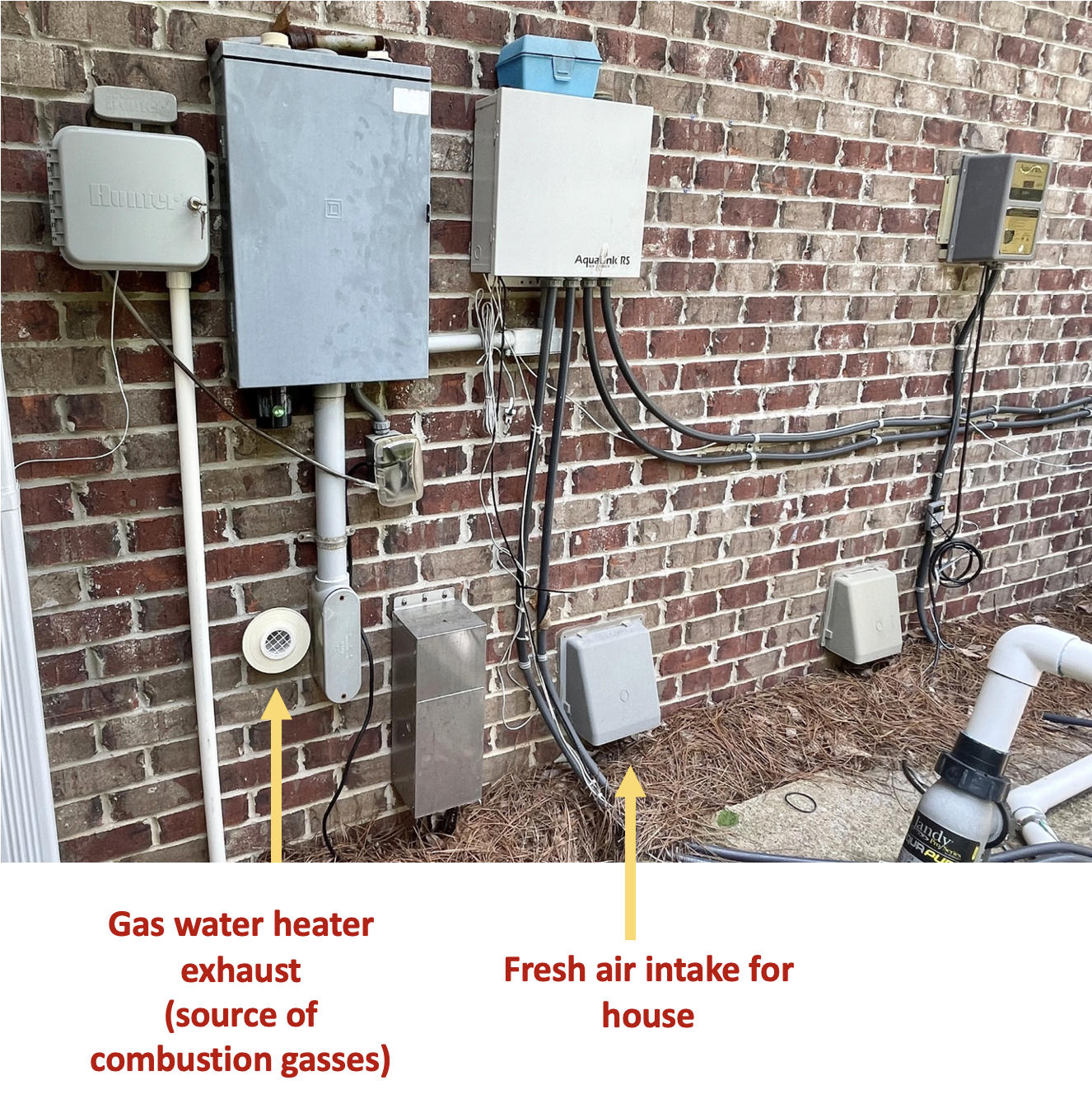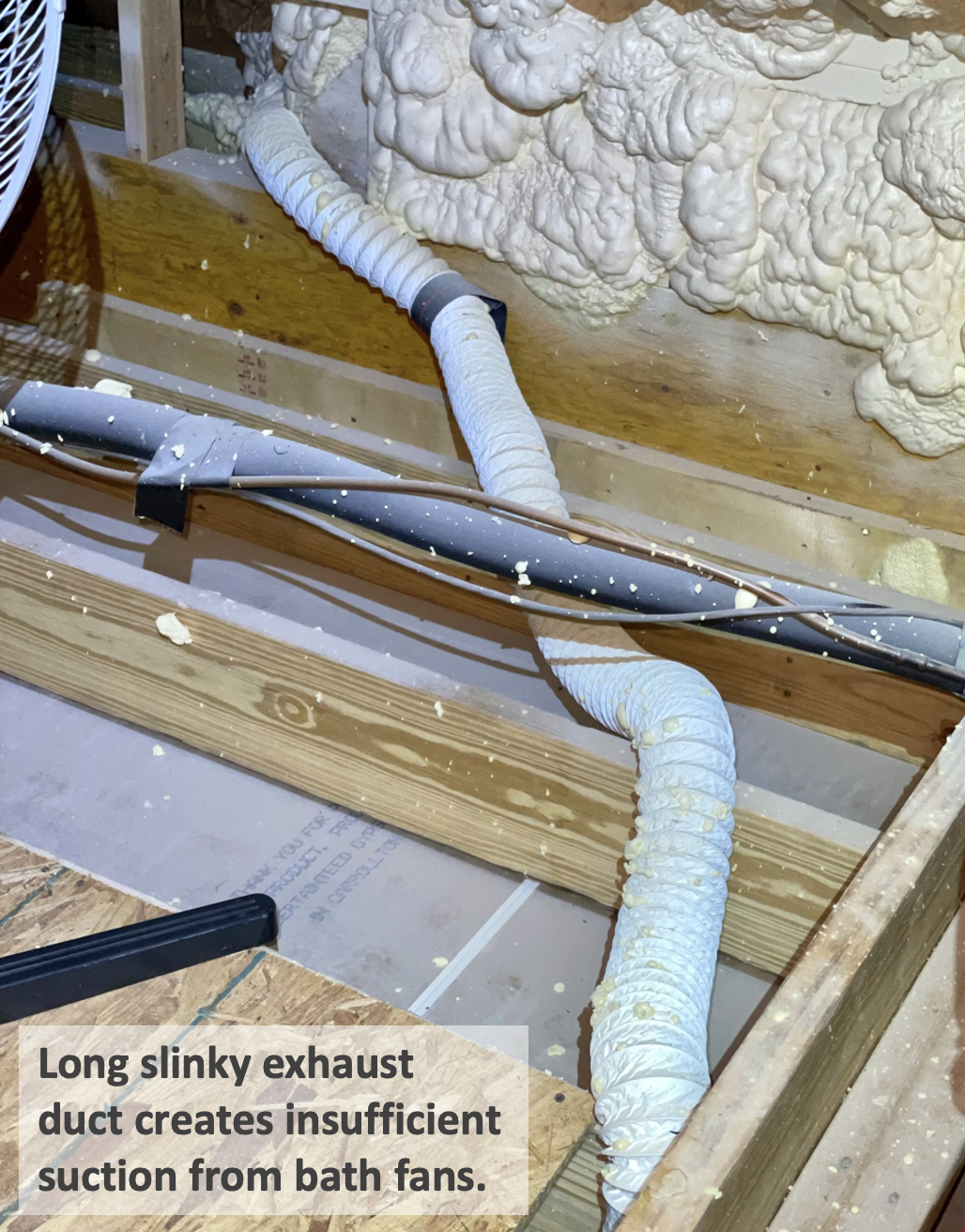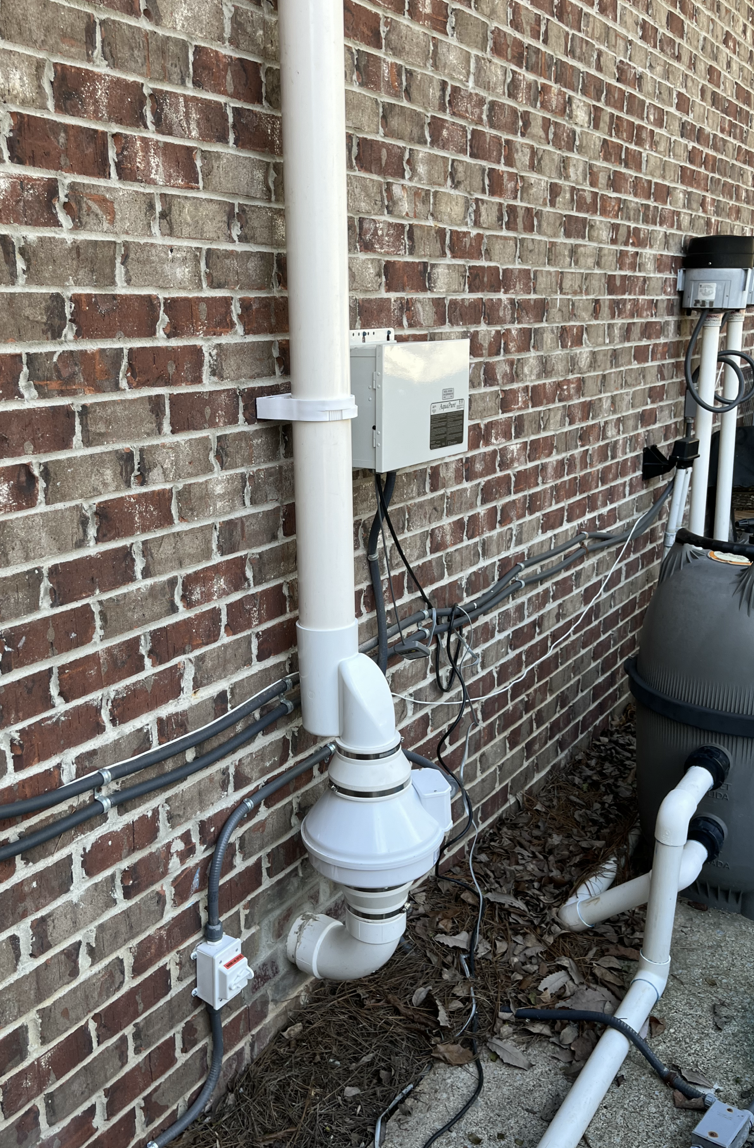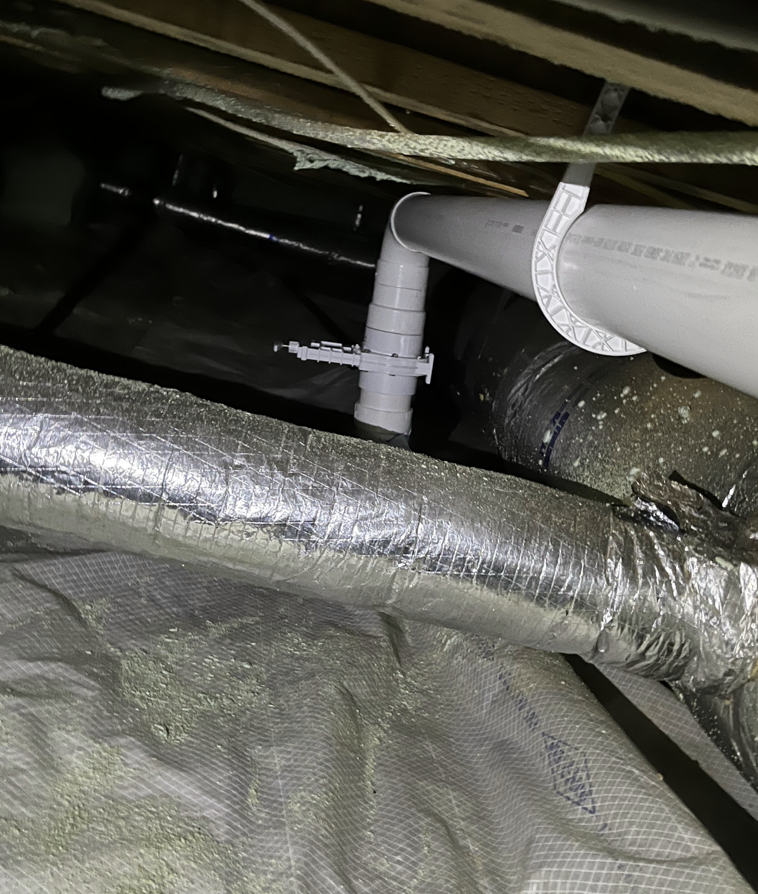In 2008, The McDonnell’s were in the beginning stages of planning their forever home in historic Franklin, just south of Nashville TN. They were looking to incorporate green high-performance elements into the construction to make an energy efficient, healthy, and sustainable structure. The couple and their builder reached out to E3 INNOVATE to learn about the benefits of spray-foam insulation, sealed crawlspace systems, geothermal heating and cooling, whole-house ventilation using energy recovery ventilators (ERVs), and active radon mitigation systems.
When it came time to build however, the builder proceeded without E3’s energy guidance or oversite of the details that make high performance homes different than standard construction.
Fast forward to May of 2022. The homeowners called E3 again, only this time with indoor humidity and air quality issues. Their son was particularly sensitive to the air quality. The E3 Diagnostic team was called in to gain clarity on the root cause.
After the assessment, E3 found that indeed, this home was built with good intensions and was one step ahead of most. It was a tight house, at 3.2 air changes per hour (ACH). It also utilized spray foam insulation, geothermal heating and cooling systems, a sealed crawlspace, and an ERV. However, it didn’t escape some of the classic home performance issues of the southeast because the details and integration of all of these systems had missed the mark.
E3 found moisture control problems as a result of poorly maintained geothermal systems; the ERV intake air was pulling too close to natural gas water heater exhaust; the bathroom fans had inadequate power; and the house lacked filtration. Additionally, radon tests revealed elevated radon throughout the home. Levels in the living room and master bedroom were 17.7 pCi/L and 18.9 pCi/L, respectively.


Unfortunately, the builder and the geothermal contractor were no longer in business. So, The McDonnell’s hired E3 to implement the work that would bring their house into balance and to upgrade the overall performance as they had intended to back in 2008.
E3’s work included:
- Repairing the sealed crawlspace system
- Adding a crawlspace dehumidifier
- Upgrading the bathroom fans
- Upgrading and simplifying the home’s filtration system
- Replacing the ERV with a whole-house ventilating dehumidifier
- Installing an active zoned radon mitigation system
- Adding air quality monitors
Once E3 fixed these underlying issues, the homeowners noticed big improvements to the overall air quality of the house. Mr. McDonnell said that the house “is so much fresher and feels better inside.” The couple was also very excited about their radon levels, which dropped to 4.0 pCi/L in the living room and 3.8 pCi/L in the master bedroom. The new radon piping, gatevalves, and fan can be seen below.


Surprisingly, this is not a unique story. E3 has worked with numerous homeowners who planned a high-performance home with all the best intensions but didn’t realize the importance of integration during construction. Homeowners pay for all the pieces (spray foam, ERVs, sealed crawlspaces, etc.), but never experience the benefits – that is the actual experience of a high-performance home. That’s because the whole is greater than the sum of its parts (Aristotle).
It is important to have a skilled team overseeing the integration of the high-performance systems during construction. Not following a plan through to the end leads to future failures and expensive repairs, which is extremely frustrating for homeowners.
Make sure your dream home becomes a reality. The experienced team at E3 is here to guide you through the design and implementation of your high-performance home.









